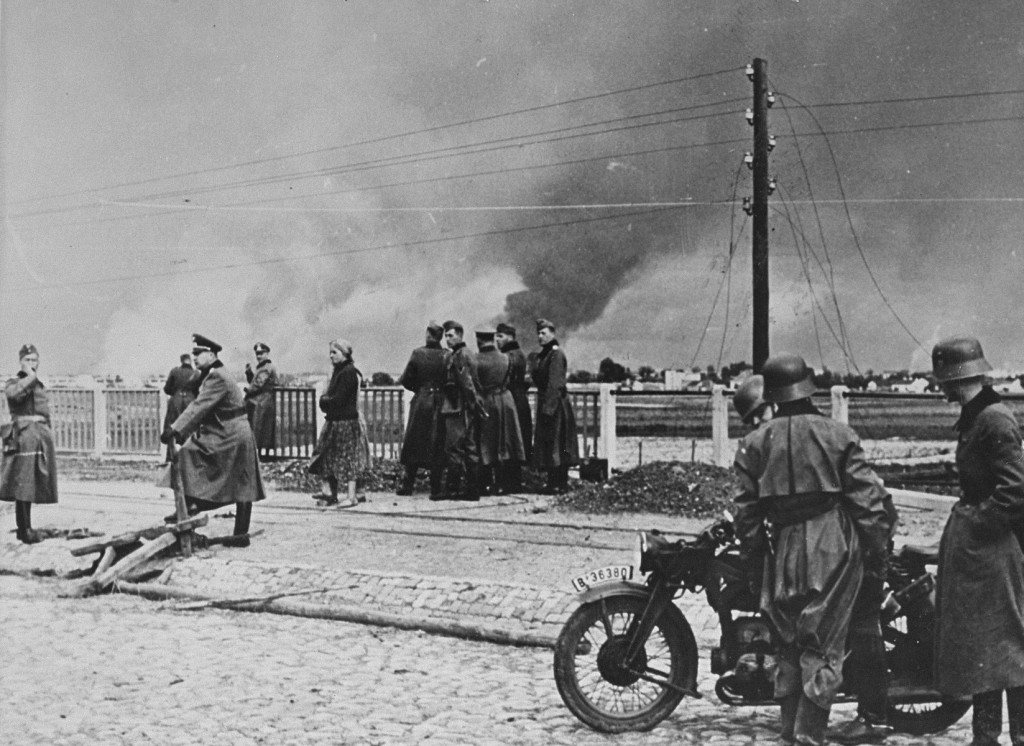The Invasion of Poland in 1939: The Spark That Ignited World War II

The Invasion of Poland in September 1939 marked the beginning of World War II, unleashing a global conflict that would last six years and claim tens of millions of lives. This calculated and brutal attack by Nazi Germany, followed shortly by the Soviet Union, not only ended Poland’s independence but also demonstrated the terrifying power of modern mechanized warfare and the fragility of peace in Europe. The invasion exposed the failure of appeasement, redefined global alliances, and set the stage for the deadliest war in human history.
Background: Tensions in Interwar Europe
After World War I, the Treaty of Versailles (1919) re-established Poland as an independent nation after over a century of partition by Germany, Russia, and Austria-Hungary. The new Polish Republic included territories that had once belonged to the defeated German Empire, including Danzig (Gdańsk) and the Polish Corridor, which granted Poland access to the Baltic Sea and separated East Prussia from the rest of Germany.
Adolf Hitler viewed these territorial changes as unjust and vowed to reclaim lost German lands. By the late 1930s, Germany had already annexed Austria (Anschluss) and Czechoslovakia under the policy of appeasement, during which Britain and France allowed aggression in hopes of preserving peace.
However, Poland refused to yield to German demands, especially the return of Danzig and the construction of an extraterritorial highway and railway across the Polish Corridor. Hitler began planning an invasion.
The Nazi-Soviet Pact: A Secret Agreement
On August 23, 1939, just days before the invasion, Germany and the Soviet Union signed the Molotov–Ribbentrop Pact, a non-aggression treaty with a secret protocol to divide Eastern Europe into spheres of influence. The agreement shocked the world, as fascist Germany and communist USSR had been ideological enemies.
Under the pact:
- Germany would occupy western Poland.
- The Soviet Union would take eastern Poland, the Baltic States (Latvia, Lithuania, Estonia), and parts of Finland and Romania.
This deal gave Hitler the green light to attack Poland without fear of Soviet interference.
The Invasion Begins: Blitzkrieg Unleashed (September 1, 1939)
At dawn on September 1, 1939, Germany launched Operation Fall Weiss (Case White), a massive invasion from the west, north, and south. Over 1.5 million German troops, supported by Luftwaffe air raids and panzer divisions, stormed across the border.
This marked the first use of blitzkrieg (“lightning war”)—a military strategy that combined speed, surprise, and overwhelming firepower. Polish forces, though brave and determined, were outnumbered and outgunned. German bombers targeted cities, railroads, and communication lines, devastating Polish infrastructure.
Soviet Invasion from the East (September 17, 1939)
As Poland fought desperately in the west, the Soviet Union invaded from the east on September 17, claiming to protect Ukrainian and Belarusian minorities. The dual invasion trapped the Polish military in a hopeless situation.
- The Soviets quickly occupied eastern Poland.
- Over 250,000 Polish soldiers were captured by Soviet forces.
- Many Polish officers, intellectuals, and civilians were later executed or deported to Siberian labor camps—including the infamous Katyn Massacre of 1940.

Polish Resistance and the Fall of Warsaw
Despite being surrounded, Polish forces resisted for several weeks:
- Battles such as the Battle of Bzura and the Siege of Warsaw demonstrated Polish courage.
- Warsaw, the capital, was heavily bombarded and surrendered on September 27, 1939 after relentless airstrikes and artillery shelling.
The final organized Polish resistance collapsed by October 6, 1939.
The Aftermath: Division and Occupation
Poland was divided between Germany and the Soviet Union:
- Western Poland was annexed into Nazi Germany, including areas with millions of Poles and Jews.
- Central Poland became the General Government, a brutal German-administered region.
- Eastern Poland was absorbed into the Soviet Union.
The occupation was marked by terror:
- The Nazis began systematic persecution of Jews, Polish elites, and resistance fighters, leading to the Holocaust.
- The Soviets deported hundreds of thousands of Poles to Siberia, suppressed nationalism, and executed perceived enemies of the state.
International Response and the Outbreak of World War II
- On September 3, 1939, Britain and France declared war on Germany in response to the invasion of Poland, honoring their alliance.
- However, they provided little direct military aid to Poland during the campaign, a failure that would haunt Allied credibility.
- The conflict rapidly expanded into a full-scale world war, with the German-Soviet alliance holding until Operation Barbarossa in 1941.
Legacy and Historical Significance
- The invasion of Poland shattered the illusion that peace could be preserved through appeasement.
- It exposed the brutality of totalitarian regimes and the cost of strategic miscalculations.
- It became a symbol of national tragedy and resilience—the Polish resistance continued throughout the war in both underground networks and as part of Allied forces abroad.
- The invasion reshaped European geopolitics and highlighted the strategic importance of Poland in global conflicts.
Summary:
The Invasion of Poland in 1939 was a calculated act of aggression by Nazi Germany and the Soviet Union that marked the beginning of World War II. With terrifying speed and overwhelming force, Poland was crushed by the twin forces of fascism and communism. The invasion exposed the failure of appeasement, triggered a global war, and foreshadowed the unprecedented human cost to come. It remains one of the most pivotal and tragic moments in 20th-century history.




